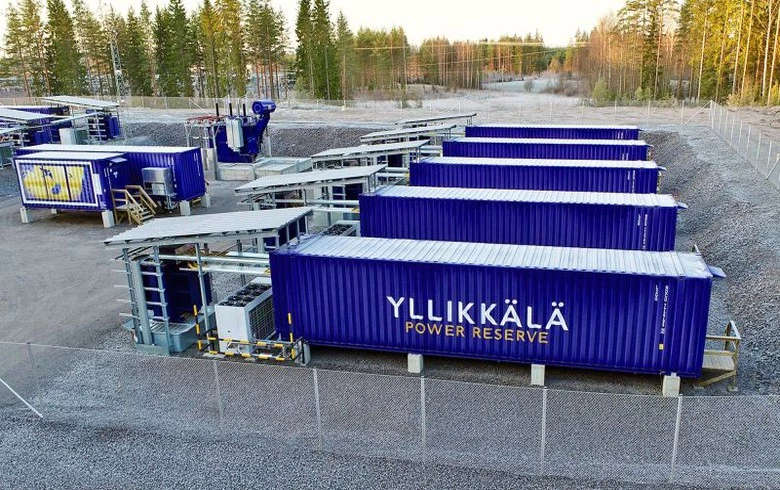The French renewables company Neoen has launched construction on its 56.4 MW Yllikkälä Power Reserve Two battery (YPR2) in Finland, which is set to be the largest in the Nordics.
Neoen has provided notice to Japan’s Nidec, which will do the construction and supply of the battery containers, inverters and battery cells.
The YPR2 is expected to come online in the first half of 2025 and will operate in Fingrid’s reserve markets. Contributing to improving the stability and reliability of Fingrid’s power system, it will be connected to its Yllikkälä substation, located near Lappeenranta city centre in Yllikkälä next to Neoen’s first battery in southeastern Finland, the 30 MW power reserve, bringing the company’s total battery capacity in Finland to 86.4 MW
Jukka Ruusunen, the Fingrid president and chief executive, noted that the electricity system is expanding and requires more flexibility in order to balance supply and demand, with electrification being one of the key measures by which Finland will achieve its climate goals.
Also read: Kyon Energy to construct 275-MWh battery storage in Germany
Neoen will 100% own and be the long-term operator of YPR2, which is consistent with its develop-to-own business model. In Finland alone, the company boasts more than 770 MW of wind and energy storage capacity in operation or under construction. Backed by nine corporate Power Purchase Agreements (PPAs), the French group is one of Finland’s leading independent producers of renewable energy.
Following on from the Azur stockage in France, Albireo Power Reserve in El Salvador and Hornsdale Power Reserve in Australia, this first roll-out of lithium-ion stationary batteries in Finland sustains Neoen’s leadership in battery-based grid services. The facility is to be managed by Fingrid and will play a vital role in stabilizing the national electricity system
Future Plans
Neoen looks forward to establishing itself as a leading force in frequency regulation in Finland with Yllikkälä Power Reserve One. The plant will facilitate the integration of future renewable energy projects alongside ensuring lower electricity grid stabilization cost and greater reliability.

